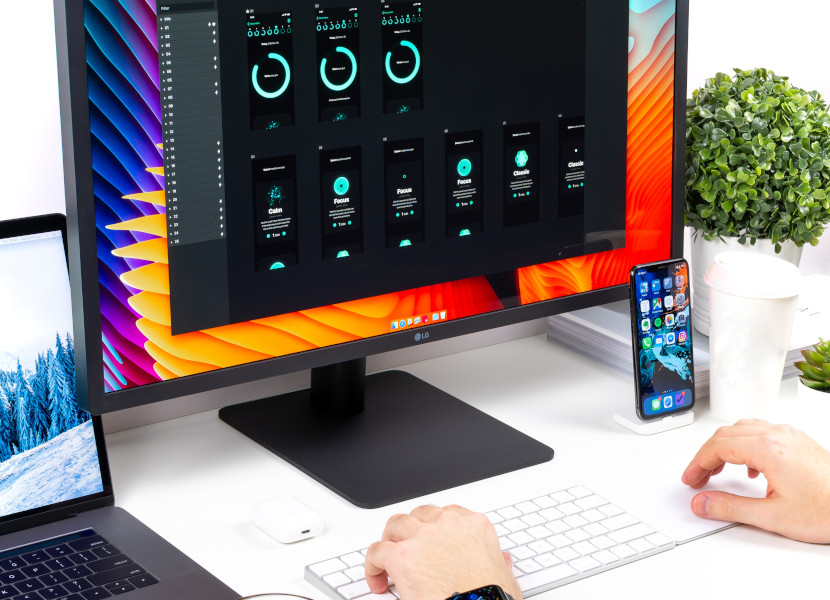According to Forbes magazine, “remote work is here to stay”. While many workers and students are celebrating the migration to “work-from-home” that occurred at the beginning of the COVID-19 pandemic, people who experience photophobia may feel overwhelmed. Photophobia is defined as “an abnormal sensitivity to light” and can be a symptom of conditions including post-concussion syndrome (PCS), migraines and headaches, fibromyalgia and ADHD. This symptom can be triggered by extended exposure to the bright, blue lights of a computer screen. This makes remote work or school very difficult for people with photophobia who may have previously attended all of their classes or meetings in person, and are now expected to endure 8+ hours of screen time a day.
At MyoWorx Physiotherapy, 75% of our concussion patients have experienced light sensitivity. MyoWorx treatments are effective at reducing light sensitivity by treating the small muscles at the base of the skull that can compress nerves leading to light sensitivity. We have also learned some tips and tricks from our light-sensitive patients to make screen time more tolerable. Check out the table below for some of these screen-taming “hacks”.
| Strategy | Issue | Hack |
| Reduce Blue Light | -Blue light prevents natural melatonin production used to tell the body it’s time to go to sleep.–concussions and exposure blue light can cause increased symptoms | -screen filters (physical screen covers or phone settings/apps)–night light (apple), flux, twilight (Android), nightshift apps–blue light blocking or tinted glasses |
| Reduce Brightness | –after concussion a variety of factors cause photophobia-light avoidance for too long in the early stage of concussion recovery can lead to photophobia | -decrease screen brightness,-physical screen cover-dark glasses (sunglasses) |
| Reduce Glare | -glare causes flashes of brightness | –screen cover with glare protection–glasses with anti-glare-read on paper-like screen such as a kindle |
| Reduce Flicker or refresh rate | –LCD screens “refresh” rapidly such that it is nearly imperceptible to the human eye. However, people with concussions may be affected by this refresh/flicker causing increased symptoms. | –Non-LCD screens–change the refresh rate in your device settings–iris tech software |
| Reduce Squinting | –Text is too small causing you to squint and strain your eyes trying to read it. It is easy to lose your place when reading very small text. | -increase font size/icons-zoom to make screen larger-wear glasses |
| Avoidance | -While complete avoidance is not recommended (you may find it more difficult to re-introduce screens the longer you avoid them), sometimes you have to find another option. For example, if you have to read 4 chapters of a textbook every night that is only available online, you may need to ask your school for accommodation (alternate material, printed material). | -printed resources-described video–Kurzweil (text-to-speech software) and Dragon (speech-to-text software) |

